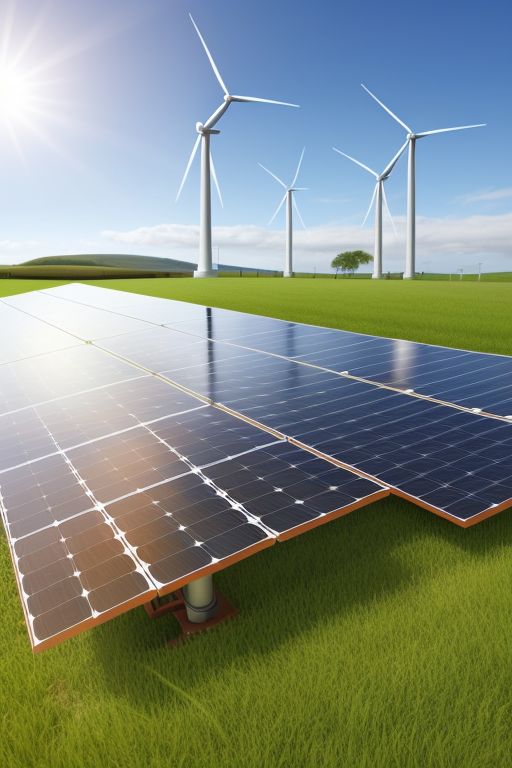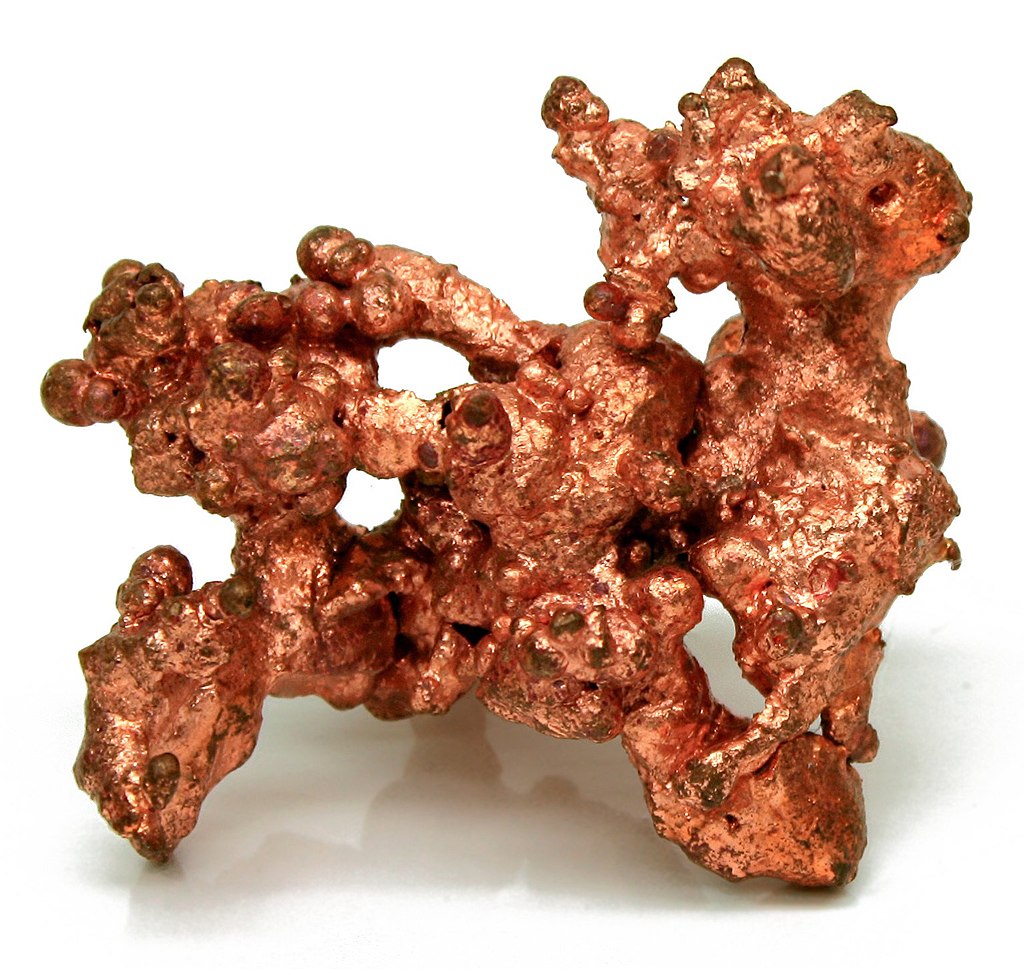Copper
Copper is a versatile and highly conductive metal known for its distinctive reddish-brown color. It has been utilized by humans for thousands of years, dating back to ancient civilizations, where it was prized for its malleability and ability to conduct electricity. Today, copper remains a critical material in various industries, playing a vital role in modern technology, construction, and manufacturing. Its unique properties, including excellent thermal and electrical conductivity, corrosion resistance, and antimicrobial characteristics, make it an indispensable resource.
Major Uses of Copper
- Electrical Wiring: One of the primary uses of copper is in electrical wiring and components. Due to its high electrical conductivity, copper is the material of choice for power distribution systems, telecommunications, and electronic devices. It efficiently transmits electricity over long distances, minimizing energy loss.
- Plumbing and Heating: Copper is widely used in plumbing systems for pipes and fittings, owing to its resistance to corrosion and biofouling. Its thermal conductivity makes it ideal for heating systems, including radiators and heat exchangers, ensuring efficient heat transfer and durability.
- Construction and Architecture: In the construction industry, copper is utilized in roofing, gutters, and architectural elements. Its durability and aesthetic appeal, combined with its ability to withstand harsh weather conditions, make it a popular choice for both functional and decorative applications in buildings and infrastructure.

Essential for the Global Energy Transition
The expected consumption of copper is projected to rise significantly due to the global increase in electricity demand and the shift toward renewable energy sources. As countries strive to meet their energy needs sustainably, copper’s role as a key component in renewable technologies becomes increasingly critical. Copper is essential in solar panels, wind turbines, and electric vehicle (EV) charging infrastructure, all of which require extensive copper wiring and components for efficient energy transmission and conversion. Copper usage averages up to five times more in renewable energy systems than in traditional power generation, such as fossil fuel and nuclear power plants.
Additionally, the ongoing electrification of transportation and the growth of smart grid technologies further amplify copper demand. Electric vehicles, in particular, use several times more copper than traditional combustion engines, contributing to a surge in consumption as more consumers and manufacturers embrace this technology. Overall, as the world transitions to greener energy solutions and enhances its electrical infrastructure, the demand for copper is expected to grow substantially, highlighting its importance in achieving global sustainability goals.
Copper (Cu)

Copper is a chemical element; it has symbol Cu (from Latin cuprum) and atomic number 29. It is a soft, malleable, and ductile metal with very high thermal and electrical conductivity. A freshly exposed surface of pure copper has a pinkish-orange color. Copper is used as a conductor of heat and electricity, as a building material, and as a constituent of various metal alloys, such as sterling silver used in jewelry, cupronickel used to make marine hardware and coins, and constantan used in strain gauges and thermocouples for temperature measurement.
Copper is one of the few metals that can occur in nature in a directly usable metallic form (native metals). This led to very early human use in several regions, from c. 8000 BC. Thousands of years later, it was the first metal to be smelted from sulfide ores, c. 5000 BC; the first metal to be cast into a shape in a mold, c. 4000 BC; and the first metal to be purposely alloyed with another metal, tin, to create bronze, c. 3500 BC.
Commonly encountered compounds are copper(II) salts, which often impart blue or green colors to such minerals as azurite, malachite, and turquoise, and have been used widely and historically as pigments.
Copper used in buildings, usually for roofing, oxidizes to form a green patina of compounds called verdrigris. Copper is sometimes used in decorative art, both in its elemental metal form and in compounds as pigments. Copper compounds are used as bacteriostatic agents, fungicides, and wood preservatives.
